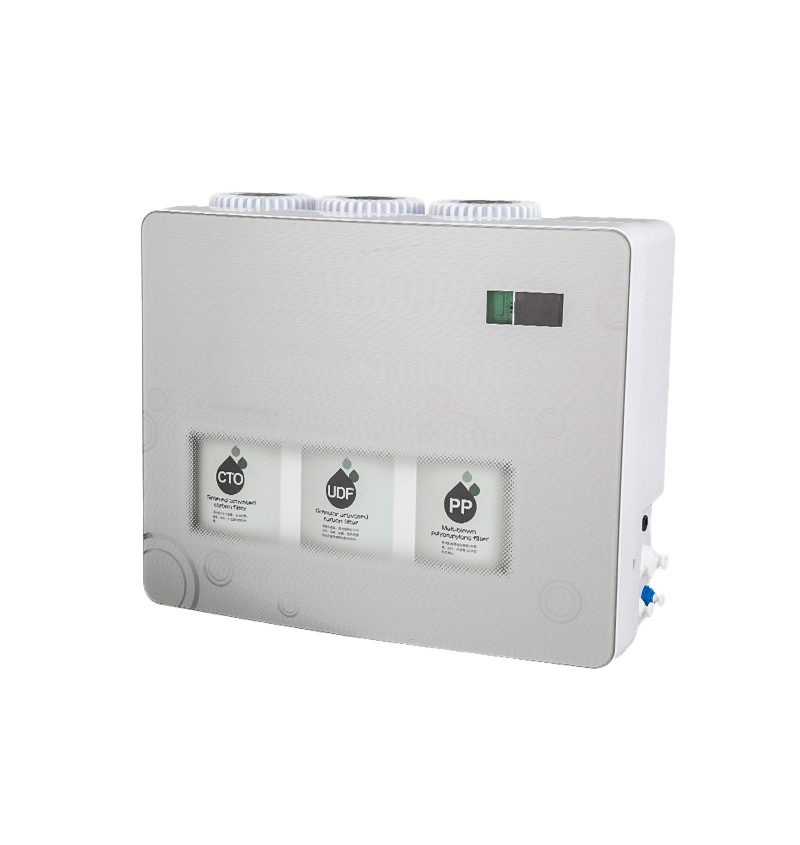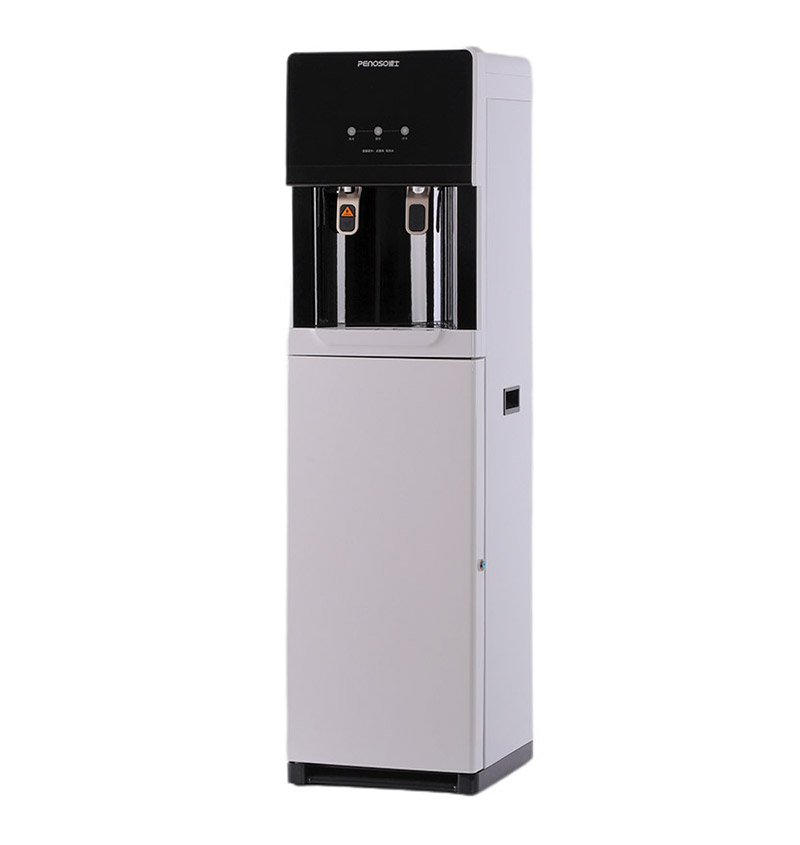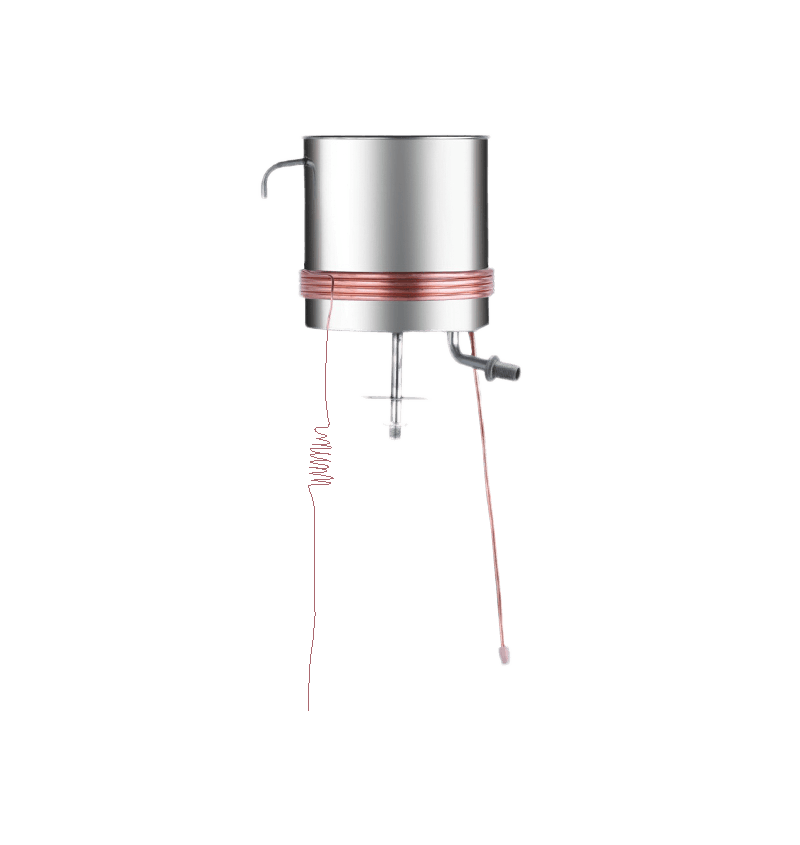Overview of Top Loading Water Dispensers
Top loading water dispensers are commonly used in homes, offices, and commercial settings for their convenience and accessibility. These dispensers provide both hot and cold water, allowing users to meet various drinking and beverage preparation needs. The heating and cooling systems within these units are crucial to their functionality, as they regulate water temperature efficiently. Maintenance and replacement considerations are essential to ensure the longevity and performance of these systems, and understanding their design helps users manage upkeep effectively.
Heating System Design and Operation
The heating system in a top loading water dispenser typically uses an electric heating element submerged in a water tank. This element heats the water to a desired temperature for drinking or beverage preparation. The heating element is controlled by a thermostat, which maintains the water temperature within a set range. Because the element is in direct contact with water, scale buildup can occur over time, especially in areas with hard water. Regular cleaning and descaling are necessary to maintain efficient heating. Replacement of the heating element can usually be performed by accessing the rear panel or an internal compartment, which is designed for relatively straightforward service.
Cooling System Design and Operation
The cooling system generally employs a compressor-based refrigeration unit similar to that found in small refrigerators. Water passes through a cooling coil or tank, where it is chilled to a desirable temperature. The system includes a thermostat and a refrigerant circuit that maintains the cold water temperature. Proper maintenance involves cleaning the condenser coil to remove dust and debris, checking for refrigerant leaks, and ensuring that the compressor operates without excessive noise. Cooling components are typically modular, allowing replacement or servicing without disassembling the entire dispenser. Awareness of these features helps users address cooling inefficiencies or failures in a timely manner.
Ease of Maintenance
Maintenance of top loading water dispensers is generally straightforward due to the accessible design of heating and cooling components. Many units feature removable panels or compartments that provide direct access to the heating element, water tank, and cooling system. Routine tasks include descaling the heating element, cleaning the water tanks, sanitizing water pathways, and inspecting the cooling unit for dust accumulation or leaks. Manufacturers often provide user manuals with step-by-step instructions for these procedures, allowing operators to maintain the dispenser without specialized tools. Scheduled maintenance helps prevent degradation of performance and extends the lifespan of the system.
Replacement of Components
Replacement of heating and cooling system components is facilitated by the modular construction of modern top loading water dispensers. Heating elements, thermostats, compressors, and cooling coils can be replaced individually if they fail or show signs of reduced efficiency. Accessing these parts typically involves removing a rear panel or a lower compartment, followed by disconnecting electrical and water connections. Clear labeling of connectors and components aids in safe and accurate replacement. Availability of replacement parts from manufacturers and authorized service providers ensures that users can restore full functionality without needing to replace the entire unit.
Maintenance and Replacement Guidelines for Top Loading Water Dispensers
| Component | Maintenance Requirement | Replacement Consideration |
|---|---|---|
| Heating Element | Regular descaling, cleaning, and inspection for corrosion | Accessible via rear panel; easy to replace if failed |
| Thermostat | Check temperature accuracy periodically | Can be replaced without major disassembly |
| Compressor | Ensure proper ventilation and clean dust from condenser coils | Modular design allows individual replacement |
| Cooling Coil | Inspect for leaks and clean to maintain efficiency | Replaceable in most modern dispensers |
| Water Tank | Regular cleaning and sanitization | Removable for maintenance or replacement |
User Accessibility Considerations
Top loading water dispensers are designed with user accessibility in mind. The components that require maintenance or replacement are often positioned in locations that are reachable without disassembling the entire unit. Rear panels, side compartments, and bottom covers provide convenient access points. Some models also include indicator lights or alerts to signal when maintenance is needed, such as low water levels, heating issues, or compressor malfunction. This accessibility reduces downtime and simplifies routine servicing, making the dispenser more user-friendly for office or home environments.
Preventive Measures for System Longevity
Regular preventive maintenance can significantly extend the life of both the heating and cooling systems. Measures include using filtered or purified water to reduce mineral deposits, periodically cleaning tanks and pipes, checking electrical connections, and keeping the compressor area free from dust or obstructions. Adhering to a preventive schedule minimizes the risk of component failure and maintains consistent water temperature performance. Preventive care also reduces the likelihood of costly replacements and helps maintain hygiene standards for drinking water.
Impact of Environmental Factors
The efficiency and durability of heating and cooling systems in top loading water dispensers can be influenced by environmental factors. High ambient temperatures, humidity, and dust accumulation can affect the compressor's performance and lead to faster wear of electrical components. Placing the dispenser in a well-ventilated area and avoiding direct sunlight can help maintain optimal operating conditions. Awareness of environmental influences ensures that the unit functions reliably and simplifies maintenance planning.
Conclusion on Maintenance and Replacement
Heating and cooling systems of top loading water dispensers are designed for accessibility and ease of maintenance. Routine cleaning, descaling, and component inspections support system longevity and efficient operation. Modular designs allow replacement of heating elements, thermostats, compressors, and cooling coils without extensive disassembly. Preventive maintenance, proper environmental placement, and adherence to manufacturer guidelines ensure that the dispenser continues to provide reliable hot and cold water while minimizing the effort required for servicing or replacement.



 English
English عربى
عربى Português
Português Español
Español








